Artificial intelligence is rapidly transforming the global advertising industry, creating unprecedented opportunities and challenges. From motion capture technology enabling cricketing star Rahul Dravid to offer personalized coaching tips to children, to a robotic arm rewriting Shakespeare’s Romeo and Juliet, AI’s potential seems limitless. These innovative AI-driven advertisements for brands like Cadbury’s Bournvita and Bic pens were developed by WPP, an agency group investing £300 million annually in data, technology, and machine learning to maintain competitiveness.
WPP’s chief executive, Mark Read, has emphasized that AI is ‘fundamental’ to the company’s future, although he acknowledges it will significantly reshape the advertising workforce. Read’s impending departure at the end of this year, after nearly seven years as CEO and over 30 years at WPP, underscores the company’s struggle to keep pace with its peers and to counteract big tech’s incursion into AI-powered advertising.
Big Tech’s Growing Influence
For over a decade, Google and Meta, Facebook’s parent company, have dominated online advertising by developing tech tools for publishers and ad buyers. These giants captured nearly two-thirds of the £45 billion spent by UK advertisers this year. Mark Zuckerberg, CEO of Meta, is preparing to launch AI tools that will enable advertisers to create and target campaigns on his social media platforms, sparking fears of a ‘death of creativity’ and widespread job losses in agencies.
Zuckerberg recently described this capability as a ‘redefinition of the category of advertising,’ suggesting that traditional creative processes could become obsolete. While agencies like WPP, Publicis, and Omnicom are investing heavily in AI tool development and partnerships with tech companies, the ultimate goal is to retain clients, not lose them.
The Agency Perspective
The chief executive of a major ad agency expressed the belief that AI will disrupt many jobs. However, strategic, consumer insight, and conceptual roles remain relatively safe, while production and idea realization jobs face significant risk. Stephan Pretorius, WPP’s AI expert, argues that AI doesn’t eliminate jobs but rather tasks, necessitating a restructuring of agencies and client relationships.
Last month, WPP announced global redundancies across its media division, formerly GroupM. A notable dilemma for large holding companies is clients’ expectations for significant AI investments, despite resulting budget cuts due to faster and cheaper processes.
Employment Trends and Industry Response
Despite fears of job losses, the UK advertising industry employed a record 26,787 people last year, according to the Institute of Practitioners in Advertising (IPA). The number of employees has grown significantly since 1960, driven by the internet era and a corresponding increase in advertising expenditure.
Agency leaders believe that for major brands, there is too much risk in handing over the entire creative process to AI, which presently lacks the ability to produce top-quality ads. AI-generated content is often easily identifiable by its glossy, idealized appearance. Nonetheless, AI is expected to evolve and produce more sophisticated work in the future.
The Future of Advertising
Following Zuckerberg’s comments suggesting Meta’s intent to replace agencies, he clarified that AI tools are primarily intended for small and medium-sized businesses. While Meta and Google claim they have democratized advertising for small businesses, critics argue that they now dominate UK ad spending.
As AI continues to reshape the advertising landscape, industry veterans like Sir Martin Sorrell, formerly of WPP, have labeled big tech as ‘frenemies’—both partners and threats. Patrick Garvey, co-founder of We Are Pi, views Meta’s promise to ‘auto-generate your ad in seconds’ as a harbinger of mechanized production, not the demise of agencies, but of outdated models.
Note: This article is inspired by content from https://www.theguardian.com/technology/2025/jun/09/ai-advertising-industry-google-facebook-meta-ads. It has been rephrased for originality. Images are credited to the original source.

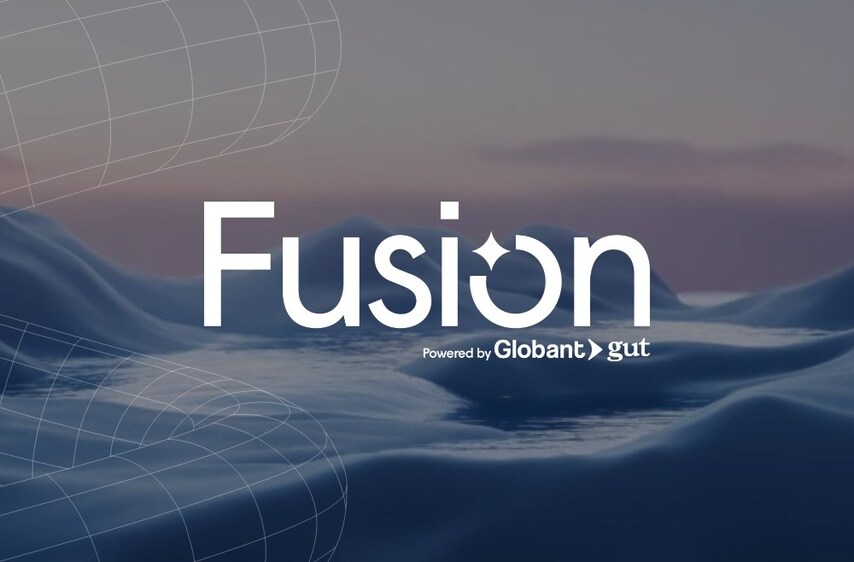
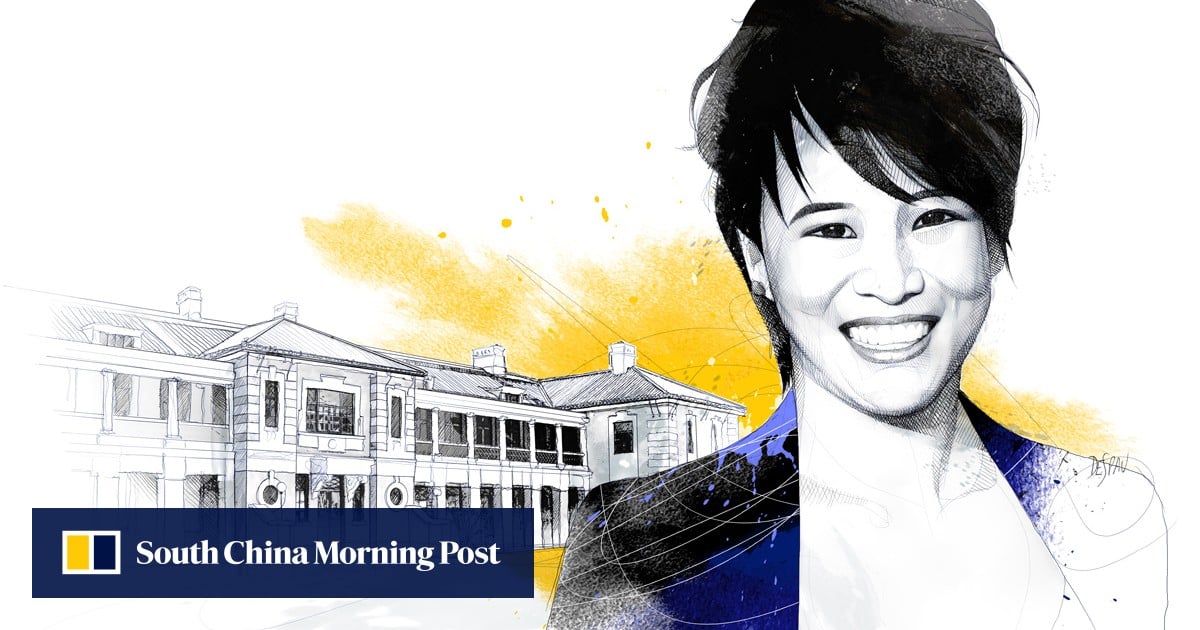
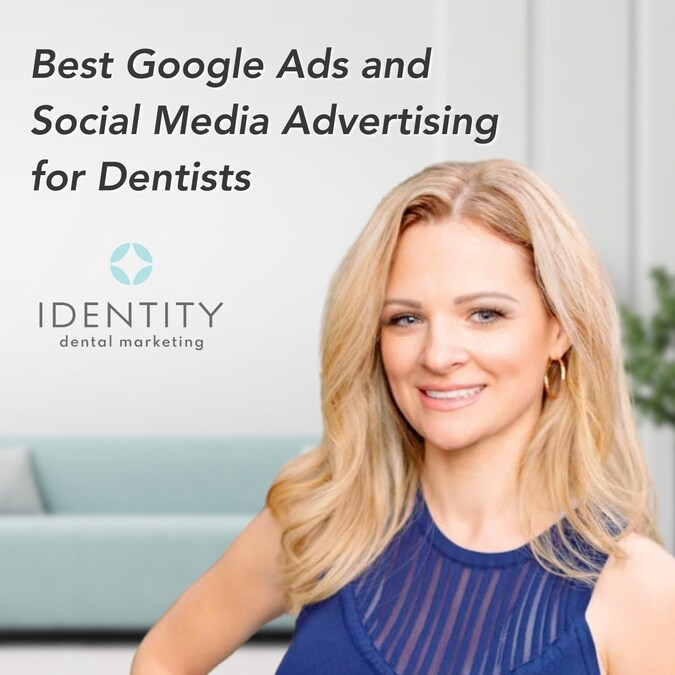




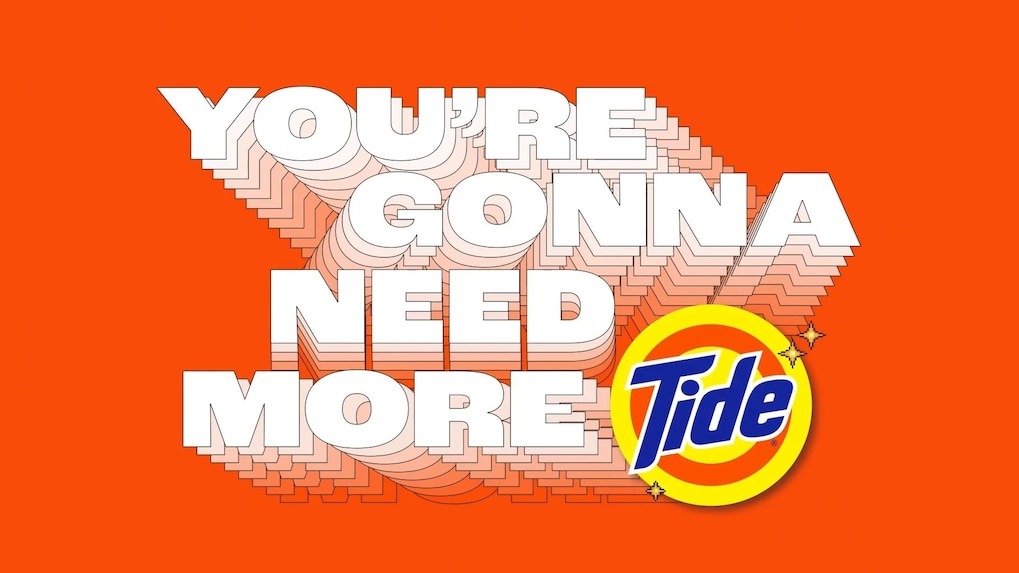
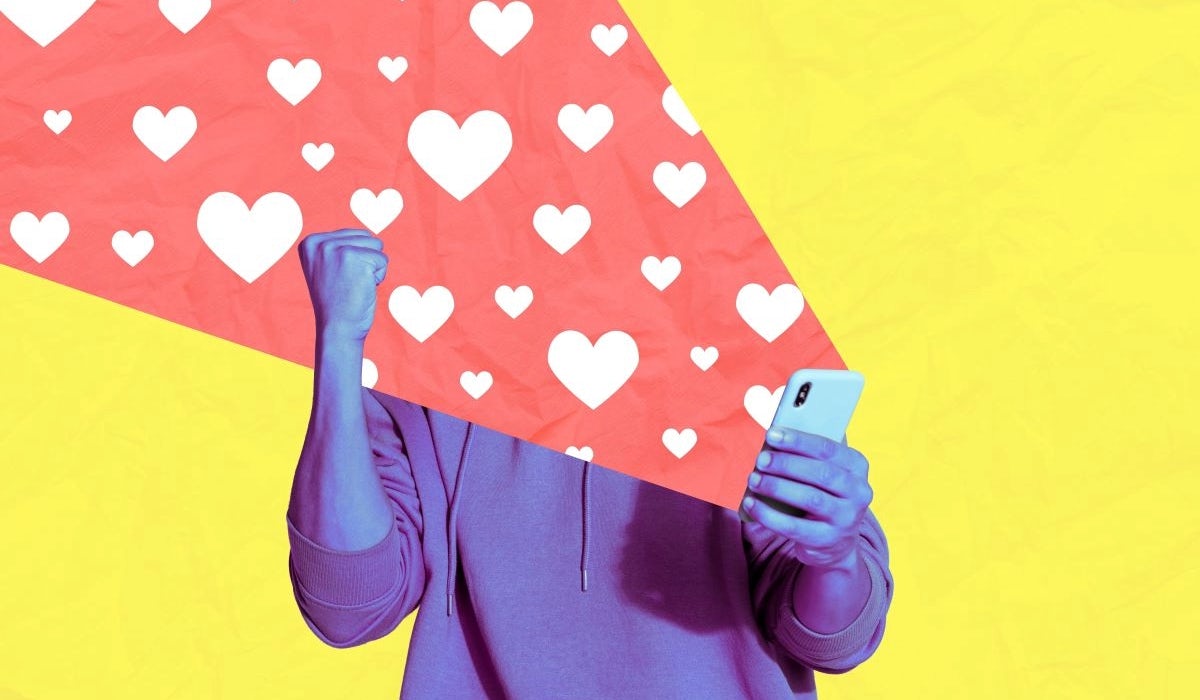

Leave a Reply